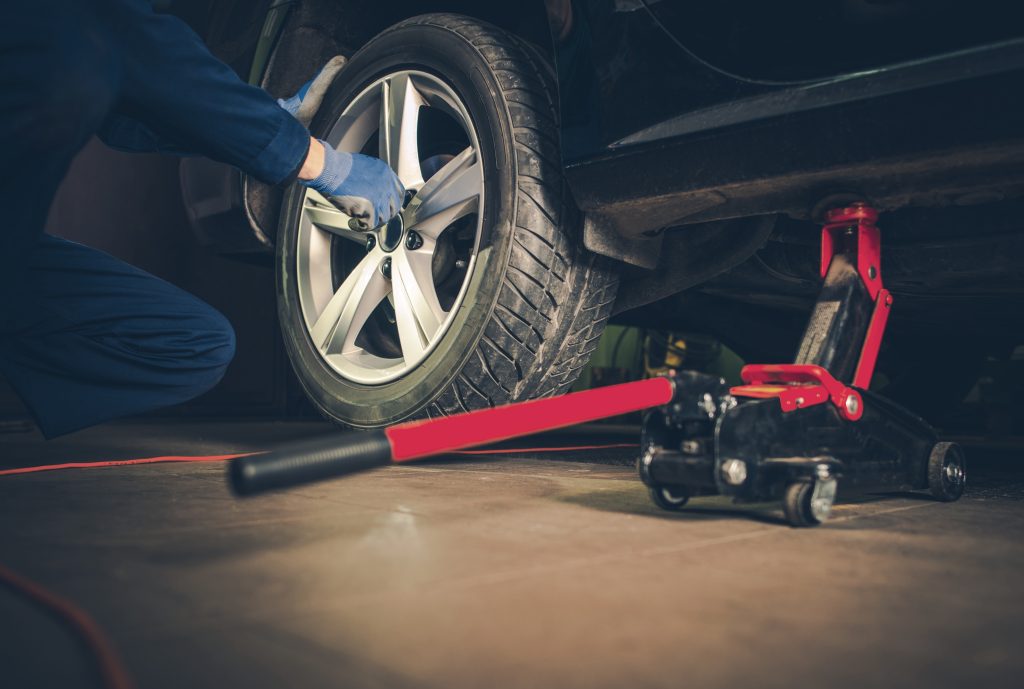Well-maintained tires can last as long as 50,000 miles. However, sudden punctures, impacts with potholes, and uneven wear can all cause tires to wear out prematurely. Any such damage puts you at risk of experiencing a skid or blowout on the road and shouldn’t be ignored. If you notice the following signs of trouble, visit your local Volkswagen dealership right away for a set of new tires.

Diminished Tread Depths
The most common reason for replacing tires is worn-out treads. This means the tread depths have diminished to an unsafe level of shallowness, significantly reducing the tire’s ability to maintain traction on the road.
The minimum safe tread depth for tires is usually considered to be 2/32 of an inch. To stay safe, many drivers replace their tires even before their tire treads become this shallow. The old “Abe’s Head” trick can be used for a quick test – put a penny into your tread, Abe’s head first. If you can see the top of his head, it’s time for new tires!
Unevenly Worn-Down Tires
As car tires tend to wear down unevenly over time, it’s best to have them rotated frequently. Regular rotation can usually mitigate or prevent the negative results of uneven tires. However, if your tires have become too uneven in wear and size, tire rotation might not be enough, and you might need to replace all four tires.
Sidewall Cracks and Cuts
Tire rubber has some moisture inside, which gradually dries out over time from exposure to the UV rays in sunlight. When the rubber becomes too dry, cracks may start to appear. As these cracks grow in size and number, they can eventually threaten the structural integrity of the tire.
Any large cuts or cracks on the surface of a tire should be taken seriously. An external crack or cut might indicate a deeper internal fissure or even layers of rubber separating from each other. Any tire damaged this way is usually no longer safe to use.
Bulges and Bubbles
Sometimes something as simple as a hard bump over a pothole causes an internal puncture. When this occurs, as air escapes the inner layering, it can become trapped under the upper layer of rubber, creating a bulge. Also, blisters can form when inner layers of rubber separate from each other and create friction that leads to overheating.
Unusual Vibrations
If your ride stops being as smooth as usual, check your tires for signs of damage. While strange vibrations can be caused by a suspension fault, misaligned wheels, and other underlying problems, your tires might also be to blame. They could have become somehow uneven or one of them might have suffered damage.
Visit Auffenberg Volkswagen in Shiloh, IL, today to have your tires rotated or replaced by qualified professionals. We’re a local dealership that puts customer care and satisfaction first and foremost in all that we do.



